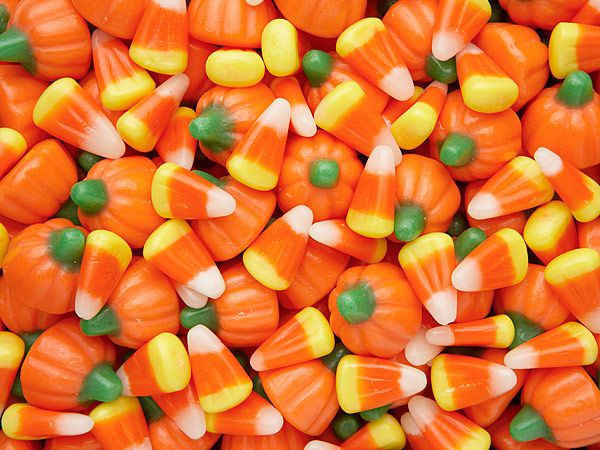radicalthought.org – Every year as the leaves begin to change and the air grows crisp, a familiar symbol of Halloween creeps into stores and homes across the nation: candy corn. This tri-colored candy, with its simple flavors and distinct shape, has become an emblem of the spooky season. Yet, while some welcome its return with nostalgic delight, others view it with disdain, sparking a debate that has divided the nation. This is the tale of Candy Corn Chaos, a saga of love and loathing for a confectionery icon.
The Origins of Candy Corn
Candy corn’s journey began in the early 19th century, with its exact origins shrouded in mystery. The first printed mention of candy corn appeared in 1844, but it was not until 1880 that the Goelitz Candy Company (now known as Jelly Belly) began mass-producing the candy. Initially marketed as “chicken feed,” the candies were sold in novelty chicken boxes and quickly became a staple of American Halloween traditions.
The Great Candy Corn Debate
The debate over candy corn’s taste and texture is as old as the candy itself. Proponents argue that candy corn’s simplicity is its charm, with its subtle sweetness and iconic flavor profile. They celebrate its role in Halloween festivities, from decorating cupcakes to filling trick-or-treat bags.
On the other side, detractors claim that candy corn’s waxy texture and overly sweet flavor make it the least desirable of Halloween treats. Critics often cite its divisive nature, with some going as far as to call it the “coal” of the candy world, a lump of disappointment amidst the chocolate and sour goodies.
The Cultural Impact of Candy Corn
Despite the controversy, candy corn has cemented its place in American culture. It has inspired a variety of spin-offs, including pumpkin, reindeer, and even bacon-flavored versions. Candy corn has also made its way into popular media, appearing in television shows, movies, and even becoming the subject of memes.
The Science of Candy Corn
The unique properties of candy corn have intrigued scientists and food enthusiasts alike. The candy’s distinct layers are created through a process of starch molding, which allows manufacturers to create the candy’s signature shape and flavor gradient. The outer shell is made of sugar syrup, while the inside is a mixture of sugar, corn syrup, and marshmallow creme, giving it its soft, chewy texture.
Candy Corn Chaos: A Love Letter to the Controversial Candy
For those who love candy corn, the chaos surrounding its reception is part of its charm. It’s a symbol of Halloween, a time when the ordinary gives way to the extraordinary, and the boundaries between love and hate blur in the spirit of fun and festivity. Candy corn represents tradition, nostalgia, and the simple joys of childhood.
Conclusion
Candy corn chaos may never subside, and perhaps that’s for the best. The debate over this polarizing candy adds a layer of intrigue to the Halloween season, sparking conversations and creating memories. Whether you love it or hate it, candy corn is here to stay, a testament to the enduring power of tradition and the complex tapestry of American tastes. So, this Halloween, as you reach into your candy bowl, consider the chaos and controversy that a simple piece of candy corn can inspire.
